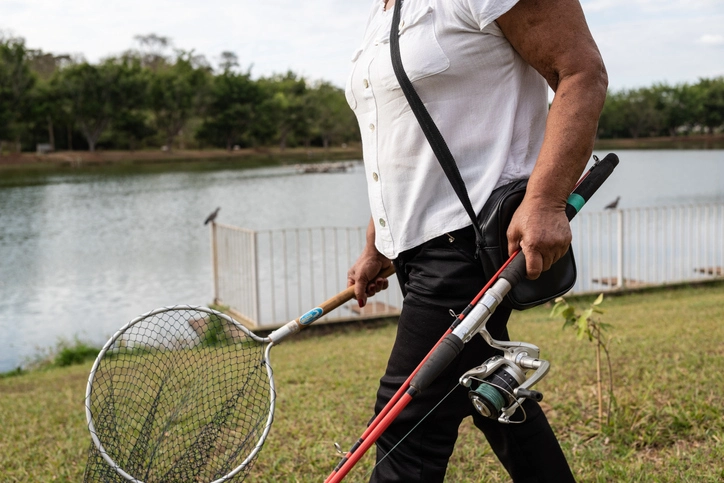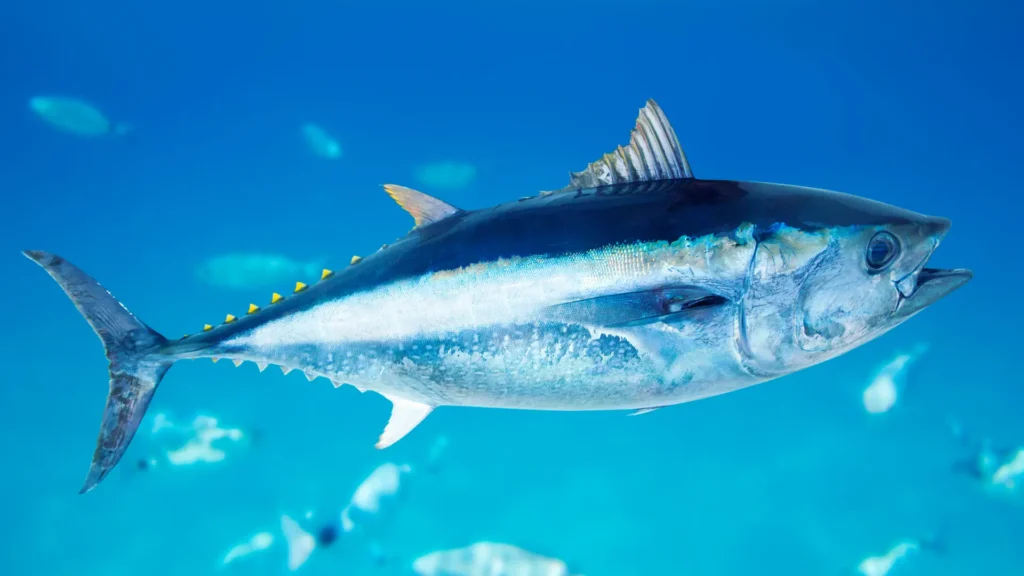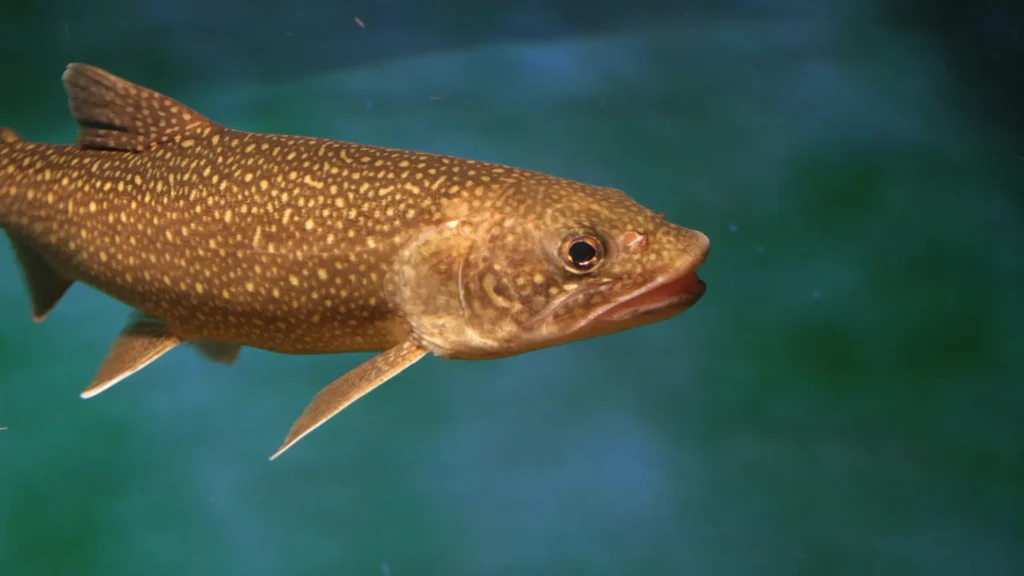Dive into responsible crappie fishing with our guide on sustainable practices. Discover how to enjoy the thrill of crappie fishing while preserving the environment for future generations. Explore tips and techniques that make crappie fishing an eco-friendly pursuit. Join us on this journey to master sustainable crappie fishing and ensure a legacy of abundance for Crappie fishing enthusiasts.
Promoting Sustainability in Crappie Fishing
Crappie fishing can be sustainable by doing catch and release, choosing which adult fish to keep, and using eco-friendly gear. Catch and release lets fish grow and helps the ecosystem. Following size limits and seasonal rules stops harm to fish populations. Picking fish carefully for harvest keeps a good balance and makes sure the ecosystem stays healthy.
Understanding fish behavior, habitat needs, and population dynamics is crucial for the scientific side of sustainable crappie fishing. Fisheries biologists and environmental scientists actively create rules and guidelines based on scientific research to conduct fishing report activities in a way that preserves the ecological balance. These measures not only support the health of aquatic ecosystems but also guarantee the long-term sustainability of the fishing industry.
By adopting eco-tourism and sustainable fishing practices, anglers actively contribute to environmental conservation. Supported by CVBs and local tourism agencies, these approaches allow anglers to enjoy their sport while showcasing a commitment to safeguarding natural resources for future generations.
Summary of Eco-Tourism Impact on Crappie Fishing
The impact of the eco-tourism trend in crappie fishing is multifaceted:
Eco-tourism promotes practices safeguarding aquatic ecosystems, preserving crappie lakes for future generations. Advocating sustainable methods, like catch-and-release, selective gear use, and adherence to quotas, encourages anglers to maintain balanced fish populations.
Economic Benefits, embracing sustainable practices attracts eco-conscious tourists, fostering economic growth in local areas. This is particularly impactful in regions prioritizing conservation efforts, resulting in additional funding for future environmental projects.
Educational opportunities arise, offering a valuable platform to inform the public about conservation, responsible fishing, and the scientific principles behind sustainable practices.
Crucial for the sport’s continuity and aquatic well-being, catching crappie eco-tourism underscores the need for long-term planning and fish stock management.
The trend’s impact lies in establishing a sustainable relationship between fishing enthusiasts and the environment, ensuring that the sport contributes to resource preservation rather than depletion.
List of Top Lakes Based on Sustainable Practices
In the world of crappie fishing, more lakes are adopting eco-friendly practices, and some lead the way. Grenada Lake in Mississippi is known for balancing trophy fishing and conservation. Lake Fork in Texas is recognized for diverse habitats and smart fishery management. Santee Cooper Lakes in South Carolina stand out for preserving habitats and maintaining a good balance between fishing and the environment. These lakes set examples for sustainable fishing, showing how responsible actions can improve the fishing experience and protect nature.
The Role of Anglers and Local Communities
The involvement of anglers and local communities is crucial in preserving aquatic ecosystems. Creating awareness, providing education, and actively participating are key for sustainable fishing practices. Anglers, as stewards, must minimize their impact with practices like adhering to catch limits and using eco-friendly gear. Local communities contribute by supporting habitat projects and collaborating on educational efforts. Together, they contribute to the preservation of fish populations, maintain the health of aquatic ecosystems, and support the sustainability of the local fishing industry.
Pond Features for Crappie Cultivation
Regrettably, not every pond can sustain a thriving crappie population. Ideally, crappie ponds should possess a surface area of at least 2 acres. In smaller areas, avoid stocking large quantities of sunfish or bass with a low crappie density, unless introduced as predators for population control.
Having a substantial pond size is crucial. In case black crappie densities become challenging to handle, you might have to introduce more predatory fish. If you insist on stocking crappie in a pond smaller than 2 acres, opting for hybrids of white and black crappie is a consideration. Their slower growth rates make them less prone to overpopulating the pond. While hybrids may reproduce, only a small percentage of their offspring are likely to survive to maturity.
Maintaining clear water in crappie ponds is highly crucial. Clear water allows visual feeders like crappie to both feed and be preyed upon effectively. Larger fish, which feed on small crappie in substantial quantities, need to spot them to successfully control their population. Maintaining a lower density of smaller crappie increases the likelihood of achieving desirable catch sizes in the surviving fish. Minimal pond vegetation coverage is crucial for sustaining populations of both predators and forage fish.
A crappie pond’s outcome relies on its state during stocking, fingerling size, and density, rather than just surface area or depth. If bass or bluegill populations are established, they are less affected by low-density crappie fingerlings.
Timetable for Stocking Crappie
Crappie fingerlings are best stocked in June, immediately after their spawning season. Introducing adult crappie (not recommended unless closely managing populations) is appropriate just before April or May.In either case, the pond must be well-established with self-sustaining forage fish populations before stocking.
Keep in mind that crappie fingerlings may take some time to reach sexual maturity, making their initial introduction seem ineffective. Additionally, crappies may not spawn annually and can have varying success rates. After about a year or two, you might be surprised to find your pond overcrowded with crappies.Boosting the bass population becomes essential in this situation, as they actively regulate crappie numbers, allowing the remaining ones to attain larger sizes.
Stocking Plan
The stocking density of black or hybrid crappie should align with your fish cultivation goals. For pond diversification, fewer than 50 individuals per surface acre can help balance fish communities. When stocking crappie with bass, bluegill, or catfish, consider adding around 150 fingerlings (3–4 inches) per surface acre. However, for growing trophy-sized bass, avoid stocking too many crappies as they may compete for food.
Crappie stocking densities in the range of 100 – 200 fish per acre necessitate a well-maintained predatory fishery. For more conservative stocking in personal ponds, values between 50 – 75 fingerlings per acre are recommended. In the absence of a predatory fishery, crappies may overpopulate, hindering them from reaching a desirable 7–8 inch harvest size. Some may max out at an unsatisfactory 5–6 inches, yielding inadequate fillets.
It’s crucial to note that addressing overcrowding in ponds can be highly challenging and expensive. Consider growth trends, harvest capacity, and financial implications in your stocking plan, especially for the need to stock large, predatory fish.
Introducing forage fish, like fathead minnows, a few months before adding crappies to the system can enhance the growth of both bass and crappies. However, their numbers are likely to be significantly reduced after a year or two due to predation. It’s advisable to avoid stocking forage fish types that may be preferred by bass over crappie, such as gizzard shad.
How to Introduce Crappie Into a Lake or Pond
When introducing crappie fingerlings into a lake or pond, it’s important to transport and acclimate them carefully before release. Methods effective for acclimating other gamefish generally work for crappies, but be cautious as some types may be more prone to handling damage.Hybrid and black crappie fingerlings (ranging from 2 – 5 inches) can be obtained from commercial hatcheries.
Target stocking crappie fingerlings in the fall when ambient temperatures are moderate. Refrain from exceeding the recommended number of fish per acre, even if the hatchery provides an excess amountFloat fingerlings in shaded pond areas for a minimum of 20 minutes if packed in aerated plastic bags before releasing them. If the hatchlings are transported in larger containers, you can gradually introduce them into your pond water.
Well-acclimated hatchlings should easily navigate into deeper areas of the pond. If uncertain about the optimal acclimation process for your crappie hatchlings, consulting the hatchery for guidance is advisable. Steer clear of introducing wild-caught crappie, especially adults, as they might bring parasites and diseases into the pond system. Additionally, be mindful that gravid crappies may rapidly reproduce, potentially causing harm to your pond’s existing ecology.
Important Things to Consider
Managing stocked ponds faces challenges with crappies. Conservative fisheries biologists discourage introducing them unless the pond is at least 25 acres.
Despite this, the tempting appeal of crappie meat and their rapid growth of 7 to 9 inches within a year often leads to their consideration for recreational ponds. Before investing in crappie fingerlings, here are crucial factors to ponder:
Maintaining a highly diverse gamefish pond that achieves trophy-sized bass and crappies in a single closed system requires expert management. Pond owners often need to prioritize the growth of one species over the other to develop a sustainable stocking plan. The interaction between crappies and bass, sharing the same prey items, can compromise the quality of each species. Additionally, crappies’ earlier spawning season poses a challenge as it reduces the likelihood of survival for bass fingerlings.
Adopting a “stock now, deal with problems later” approach is not viable for crappie ponds. Without well-established populations of predatory fish, these ponds are prone to overcrowding. Introducing multiple predators in a small pond, competing for the same food sources, is likely to lead to low survival rates and stunted growth. Managing an overcrowded crappie pond can be time-consuming and resource-intensive, emphasizing the importance of careful planning.
Before introducing crappie to a pond, it’s advisable to consult with a fisheries biologist or your local wildlife and fisheries department. Experts can identify specific aspects of your pond that may be unsuitable or need further development for successful crappie growth. They can assist in determining optimal stocking rates for crappie and other fish, aligning with your individual objectives for pond maintenance. This proactive approach ensures informed decisions and enhances the likelihood of a successful and sustainable stocking plan.
For ponds smaller than 2 acres, it’s advisable to avoid introducing crappies, as they are more likely to overpopulate. Consider stocking a combination of bass, catfish, bluegill, and minnows for a more balanced ecosystem.
Adhere to legal regulations and never introduce crappies or other fish into natural freshwater bodies without proper authorization. In some cases, qualified biologists may assist, and permits, potentially involving impact assessments, may be required. Illegally introducing crappies can harm pond conditions and affect fish quality, causing invasive populations in public waterways, as seen in past cases.
Currently, anglers encounter a daily cap of 15 crappie (40 per boat, regardless of anglers) with a 12″ length limit on Grenada and other I-55 corridor Corp of Engineer reservoirs. In talks, guides suggested changes like setting a 30-fish daily boat limit, encouraging trophy fish release, and reducing sharing large crappie images on social media.
Tim stated, “Certainly, we won’t lose clients, but we’ll implement some of these measures.” If a client is not going to mount a three-lb. crappie, what’s the need to keep it? There’s plenty of other fish to eat.
“We’ve seen what LiveScope can do. We want to stay ahead of this. We don’t want to get a couple of years down the road and realize there’s a major problem.”
The challenge likely extends beyond voluntary compliance within the fishing community. Official changes by state agencies may be necessary to gain widespread support. Currently, such changes don’t seem to be on the agenda, at least not in the near future.
The uncertainty surrounding the potential for change is a source of confusion for many anglers.
Andy Lehman, the owner of ACC Crappie Stix, perceives government agencies as slow to act, potentially neglecting the abundance of large crappie in water bodies. He stresses that locals and guides, spending ample time on the water, hold valuable insights into fish population changes pre- and post-introduction of technologies like LiveScope.
“I’m glad guides are getting together and taking some proactive measures.”
In the late 1960s, Ray Scott, B.A.S.S. founder, met skepticism introducing catch-and-release tournaments. Initially doubted, Scott is now a fishing icon. Anglers face social media criticism for bass harm, influenced by Scott’s innovations.
Will a similar attitude towards conservation emerge among crappie fishermen? LiveScope revolutionizes crappie fishing, serving as a potent tool and sparking conservation discussions. The technology may influence official crappie management and conservation practices. In this context, LiveScope and other real-time electronics are truly remarkable advancements.

Final Tip
In our journey to catch crappie responsibly, understanding the importance of conservation is paramount. By adopting selective harvest techniques, we contribute to the maintenance of healthy crappie populations. Releasing undersized or excess catches fosters a cycle of growth, allowing these fish to reach maturity and spawn, thus replenishing their numbers for the future.
Embracing sustainable gear choices is another crucial aspect of responsible crappie fishing. Opting for eco-friendly, biodegradable, and non-toxic fishing gear helps reduce the environmental footprint associated with our beloved pastime. From lead-free weights to biodegradable fishing line, these choices collectively make a positive impact on the ecosystems we traverse.
To sum it all, sustainable crappie fishing is not just a trend but a commitment to preserving the legacy of our sport. As we cast our lines into the shimmering waters, let us be mindful of the impact we leave behind. By adopting responsible practices, making conscious gear choices, and sharing our knowledge, we contribute to a future where crappie fishing remains a cherished tradition for generations to come. Together, let us cast a legacy of sustainability, ensuring that the thrill of crappie fishing endures for all who follow in our footsteps.


